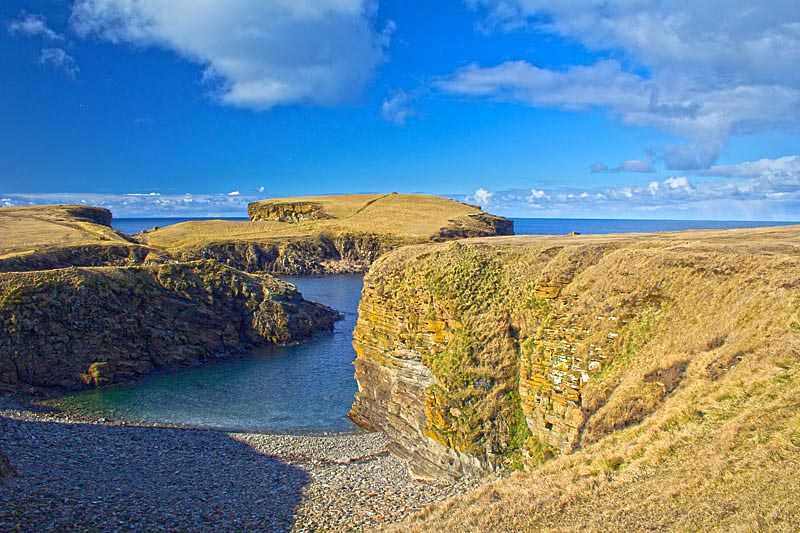Eshaness Cliffs
About Eshaness Cliffs
The stunning cliffs at Eshaness are on the Northmavine peninsula in the north-west of the Shetland Islands, Scotland. The whole area has literally a volcanic past...
About Eshaness Cliffs
The stunning cliffs at Eshaness are on the Northmavine peninsula in the north-west of the Shetland Islands, Scotland. The whole area has literally a volcanic past – it was formed millions of years ago from a volcano similar to Mount Fuji, and subsequent erosion has left a staggering display of cliffs, stacks, blowholes and arches.
Flora and Fauna
Things to do near Eshaness Cliffs
Attractions near Eshaness Cliffs
Activities
About Eshaness Cliffs
About Eshaness Cliffs
The stunning cliffs at Eshaness are on the Northmavine peninsula in the north-west of the Shetland Islands, Scotland. The whole area has literally a volcanic past – it was formed millions of years ago from a volcano similar to Mount Fuji, and subsequent erosion has left a staggering display of cliffs, stacks, blowholes and arches.
Flora and Fauna
The location is a nature-lover’s paradise with rare plants, wildlife and habitats, both off shore and inland. The cliffs are a Special Site of Scientific Interest, crammed with seabirds in the summer months. The birds nest, apparently precariously, in crannies on the vertical rockfaces. On the sea-side, Fulmars are often seen riding the air currents while inland, ravens and colonies of Arctic Skuas noisily defend their young from predators.
The Northmavine area is also home to populations of many species of the Hawkweed plant, now in decline in the wild, but being conserved and reintroduced here at Eshaness by the Shetland Amenity Trust.
History
Along the north coast of Eshaness is a small settlement called Hamnavoe, once the home of a local man John Williamson, who despite a lack of education, invented an inoculation against smallpox in the 18th century.
For those who want to find out more about life in the area, there’s a museum at Tangwick, on the south side of Eshaness, in the Tangwick Haa. This was built in the late 1600s when it was the focal point of the settlement, but was converted and opened to the public in 1987.

